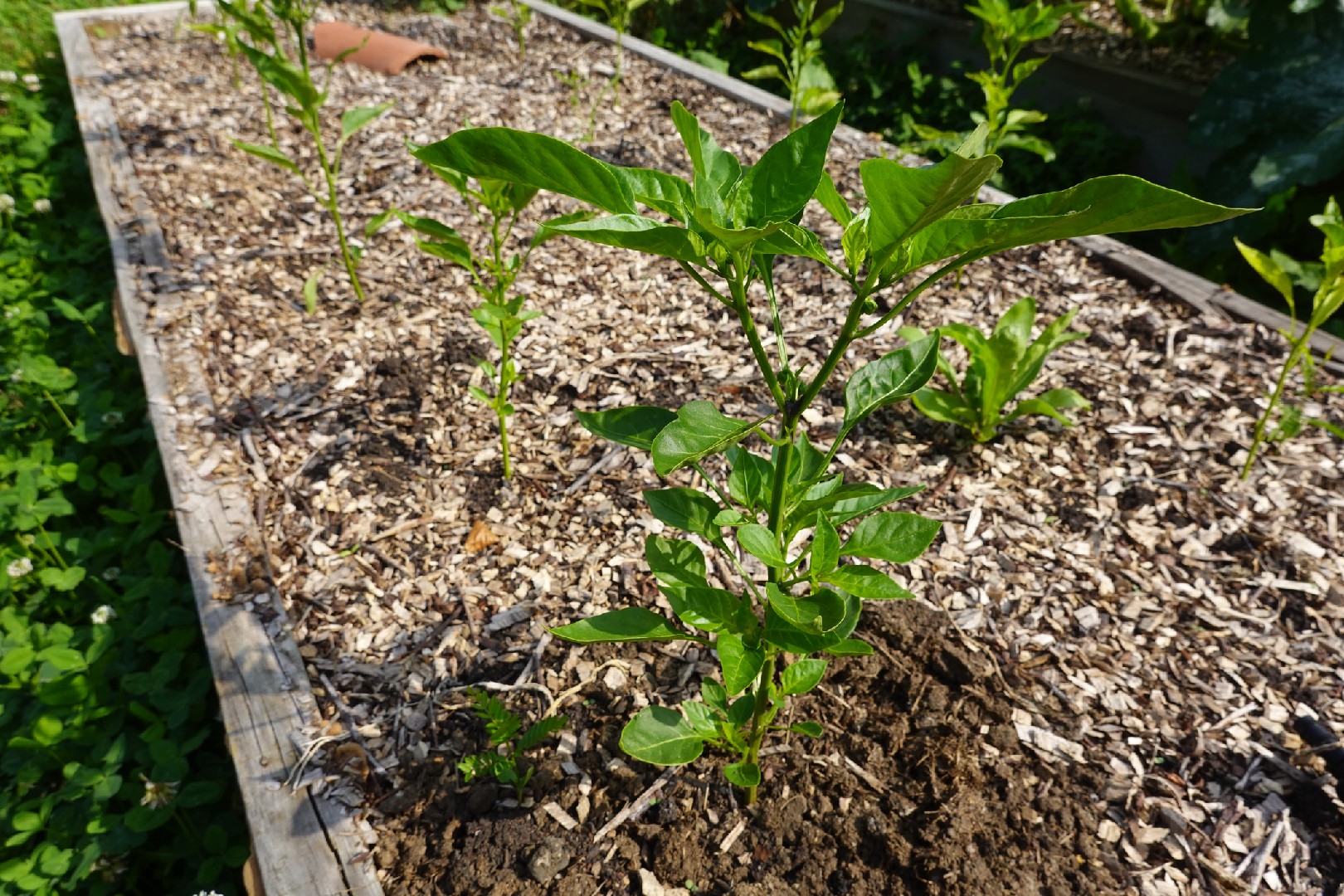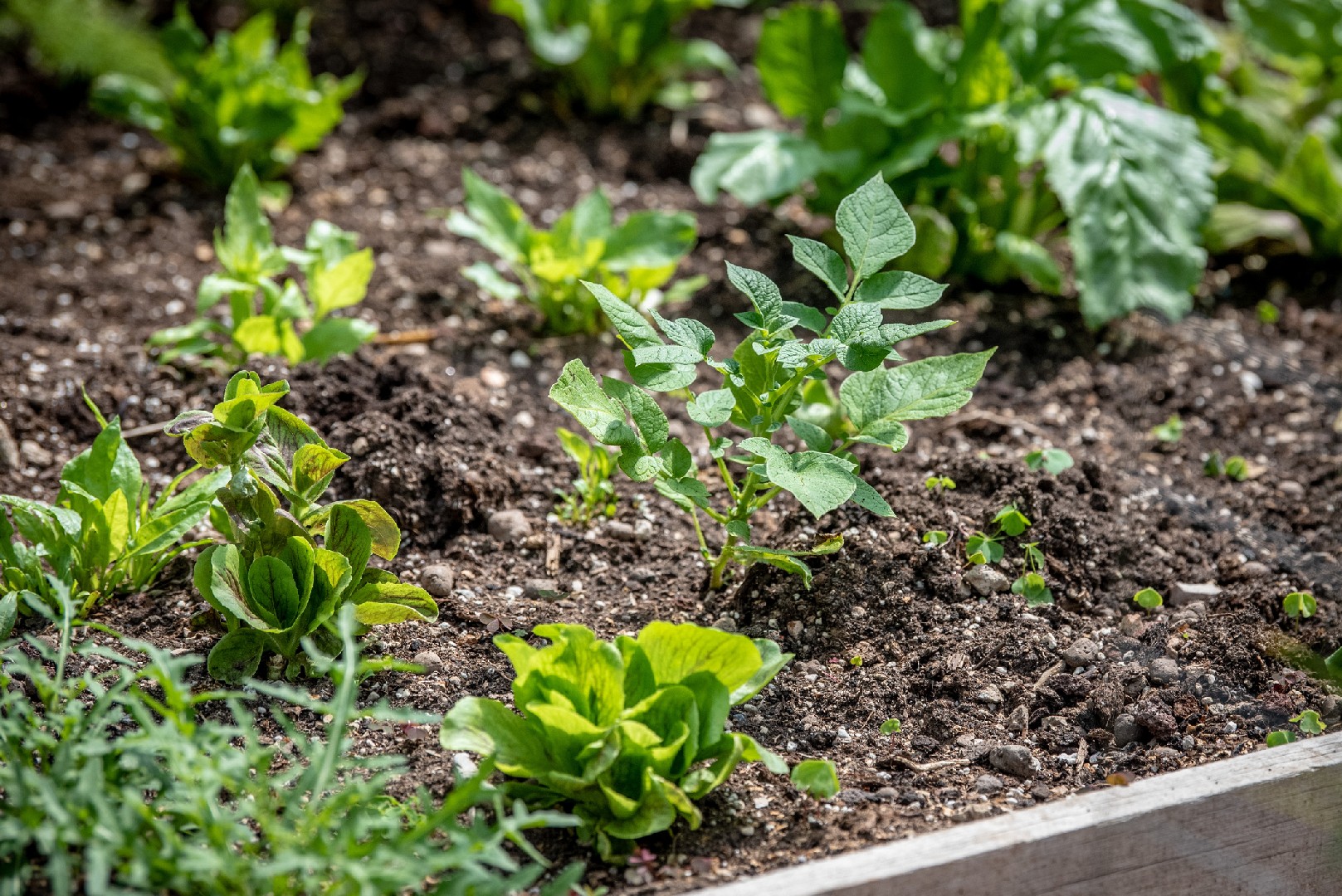![Rectangle]()
The Laying Ground: What is Soil Acidity?
Soil acidity is a fundamental aspect of soil chemistry that significantly influences plant growth and nutrient availability. Acidic soil has a lower pH level (below 7) due to the accumulation of hydrogen ions (H+). In contrast, alkaline soil has a higher pH level (above 7) with a lower concentration of hydrogen ions. Understanding soil acidity and its impact on plant health is crucial for successful gardening or farming.
When soil becomes acidic, it affects the availability of essential plant nutrients. Soil acidity reduces the solubility of some important elements such as phosphorus, calcium, and magnesium. As a result, plants may struggle to obtain these vital nutrients, leading to stunted growth and reduced crop yields.
To determine the acidity level of soil, you can perform a simple soil test using a pH testing kit or a digital pH meter. This test provides valuable information about the soil's pH level and helps identify the need for soil amendments.
To alleviate soil acidity, one effective method is lime application. Lime, which is primarily composed of calcium carbonate, helps neutralize soil acidity by raising the pH level. When lime is applied to acidic soil, it reacts with the hydrogen ions and forms water and carbon dioxide, reducing soil acidity over time.
There are different types of lime available, including agricultural lime, dolomitic lime, and hydrated lime. Agricultural lime is most commonly used as it contains mainly calcium carbonate. Dolomitic lime, on the other hand, contains both calcium carbonate and magnesium carbonate and is recommended for soils that are deficient in magnesium. Hydrated lime is a faster-acting form of lime but should be used cautiously due to its high reactivity.
It's important to note that the amount of lime required to neutralize soil acidity depends on the soil's pH level and texture. Sandy soils, for instance, typically require more lime than clay soils. It's advisable to conduct a soil test and follow the recommendations provided by agricultural experts or professional soil testing laboratories.
In addition to lime application, incorporating organic matter into the soil can also help mitigate soil acidity. Organic matter, such as compost or well-rotted manure, enhances the soil's structure and improves its ability to retain nutrients. Moreover, the decomposition of organic matter releases organic acids, which can help neutralize soil acidity over time.
When amending soil acidity, it's important to consider the long-term goals and the specific requirements of the plants you wish to grow. Some plants thrive in slightly acidic soil, while others prefer neutral or alkaline conditions. Conducting research or consulting with local agriculture extension offices can help you determine the ideal soil pH range for your desired plants.
In conclusion, soil acidity can significantly impact plant growth and nutrient availability. Understanding the basics of soil acidity and the importance of soil amendments is essential for successful gardening and farming. By conducting a soil test, applying the appropriate type and amount of lime, and incorporating organic matter, you can effectively neutralize soil acidity and create an optimal environment for healthy plant growth.





